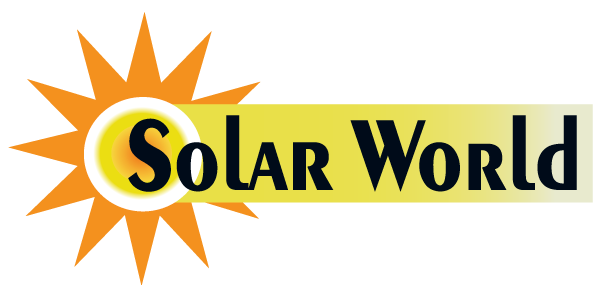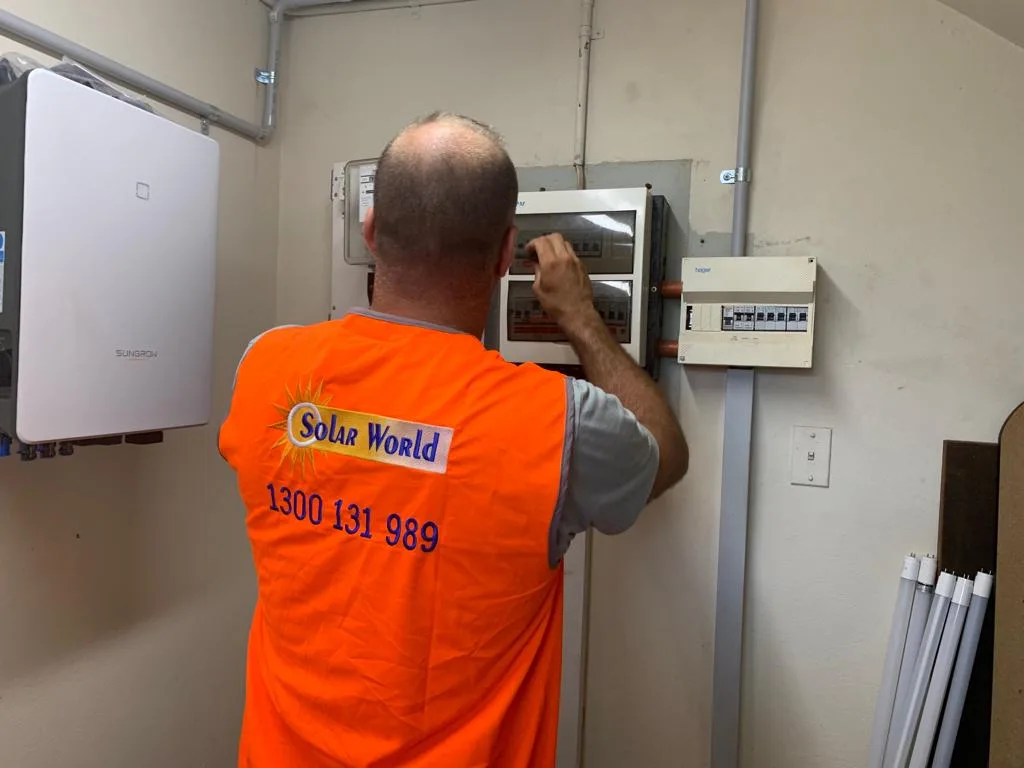3 New Invention of Renewable Energy
The use of renewable energy has risen in recent decades around the world. These endless sources of renewable energy could be the best weapon to fight against climate change. Renewable energy means all those endless energy sources exist in nature: The Sun, The Wind, The force of Water are examples of renewable energy sources. . Renewable energy is derived from the sources that naturally restock themselves and never get finished. Almost 90% of the total energy of human necessity is produced from fossil fuels. However, renewable energies are the fastest-growing source of energy in the world. Renewable energy has many benefits; the first one is, it can fight against climate change because no greenhouse gas is directly created by these sources of energy. The only emission that they produce is indirect, some pollution is generated by manufacturing, installation, and maintenance, but those are also very less in quantity. The second benefit that can be derived from these renewable sources, that it can decrease pollution and therefore protect our health from natural pollution. These energy systems create no air pollution. The 3 main inventions for generating electricity are:
- Solar PV System
- Wind 1
- 0G nbvcxeothermal Power
- Solar PV System: Solar panels are made of tiny dimensions named solar cells. The solar cells which are very common these days are made from silicon. This work as a semiconductor, the earth has plenty of this element. Crystalline silicon is set between several conductive layers.
Each silicon is connected to its neighbors by four strong bonds, which keeps the electrons stand still so no electricity can flow.
The process by which the solar or solar energy is converted into electricity is called the Photo Voltaic or PV system. A single solar cell has the capacity of producing about 0.5 volts of electricity. Solar panel voltage can be increased by increasing the number of solar cells. As: 30 solar cells connected within a panel will produce 15 volts of electricity.
A solar PV system can be classified into three categories:
- system configuration
- system usage
- installation type
Based on the system configuration PV systems can be divided into three categories.
The first one is the Grid-connected system; it has become most popular among households for powering the home appliances. In this system solar system is connected to the electrical grid via inverters which convert the DC power into AC electricity and run the AC power directly to AC loads and supply the power to the connected grid. This system does not include any storage or battery.
The second one is a Stand-alone solar system; this system relies on solar power only. This system is consisting of PV modules and a load. They can include storage or batteries to store the generated power. In terms of battery use, a charge regulator also comes with the system, it can also switch off the solar system when the batteries are fully loaded. The battery must be capable of storing the energy that is produced by the solar system during the day and use it during the night and during days when the sun is missing.
The third one is the hybrid type, this system is consists of a combination of PV modules and a method of electricity generation such as a diesel, gas, or wind generator. Or even a combination of solar PV modules and a storage system like lithium-ion batteries, this system is also considered as a hybrid type system of Solar system.

Based on system Usage PV systems can be divided into two categories.
The first one is the Utility plant; where solar power being produced for being supplied to utility grid purposes only, it can be grid-connected for hybrid diesel or hybrid PV systems with energy storage. The minimum to maximum capacity can be described from a few to thousands of megawatts.
On the other hand, there are captive plants, which have no similarity to utility plants. It is able to produce power for a specific user’s energy requirement only, and it can be grid-connected, or any kind of hybrid based on the energy demand of the users.
Based on installation type PV systems can be divided into three main categories.
- Rooftop
- Ground mount
- Floating
The rooftop can be sub-categorized into many different categories, but the main two categories are Flat roof & tilted roof.

Savings or Benefit from Solar system:
There are two types of saving or benefit can be got from a solar system:
Self-Consuming: Having a solar system the first benefit you can get by self-consumption. Solar is capable to meet the full requirement of your electricity consumption if you install the right size on your roof. You can the highest amount of the energy which is generated by your solar PV system and this power can be stored for night use by using a battery system,
Feed-in tariff: The second best benefit of a solar PV system is the feed-in tariff. After fulfilling your home requires the rest of the energy can be fed to the grid. But there is a fact that the feed-in tariff price is lower than the price we pay for electricity from the grid.
- Wind Power: Wind turbines are the devices that convert the wind’s kinetic energy into electrical energy. The wind can be simply described as moving caused by differences in atmospheric pressure between different regions of our planet. On the other hand, the process can be described in which the wind is turned into electricity. The wind energy converter also known as wind turbines is the hero of this process. Different types of turbines can be found. But the most common turbines are “horizontal axis turbines.”
Wind turbines transform mechanical energy into electrical energy. The wind energy caught by their turbines is in fact a transferred mechanical energy shaft to a generator; the generator transforms the rotation energy into electrical energy which is transferred to a transformer. The transformer is set at the base of turbines mostly, the transformer plays the role of mediator between the wind turbines and electrical grids, and the low voltage power generated by the generator is converted into high voltage power by the transformer and flows them to the grids.
A wind tower is the most important part of a wind turbine; it is the base structure of wind turbines and functions as the absorbing authority of the vibration created by the rotating movement of the blades. The blades are designed through the aerodynamic process to grab the power from the wind at maximum and transfer the rotating device. Each blade is usually 20 meters or more in length depending on the power level.
There is a rotor in the turbine to hold the blades, it is basically connected with the gearbox of the turbine; there is a pitch control system.
We can basically find two types of wind turbines:
- Horizontal-axis turbines
- Vertical-axis turbines
But there is a lot of variety in terms of the size of wind turbines. The amount of total electricity generation by wind turbines basically depends on the size of the blades. Small blade turbines can approximately generate 10kw power which can meet the power requirement of a single home. But the largest turbines are able to produce electricity up to 10 megawatts, these size of turbines are used to make wind power plants or farms. These farms or power plants generally provide electricity to grids to meet the electricity requirements of an entire area or a city.
There are lots of benefits that can be derived from this source of renewable energy.
The very first advantage of this source is that it’s completely free.
It will never be finished.
But still, sometimes it’s a threat to wild lives like birds. This creates noise also.
Geothermal Power: The hit that comes from deep beneath the surface of the Earth is called Geothermal Energy. People are using it to generate clean renewable electricity.
The water that has gone deep into the earth got warm by the heat of the earth’s crust. Water has the power to break the earth’s surface when it becomes extremely hot and it burst out as hot water. This happens at the meeting and shifting point of the earth’s crust and the plate. Just over six miles below the surface it contains 50 thousand times more energy than all the fossil fuels in the world. So electricity can be created by just releasing the heat in a very right process. If a well is created a few miles deep of the earth’s surface it can capture the hot water from the deep. This water will come as steam and drive a turbine and the turbine will power a generator. The generator then will be able to produce electricity. Earlier the use of geothermal was very limited, it was being processed in the areas where there was a source of hot water near the earth’s surface. But now the technology got some advancement and the quantity of its usage has been increased. Few different processes of producing power through geothermal have been developed.

